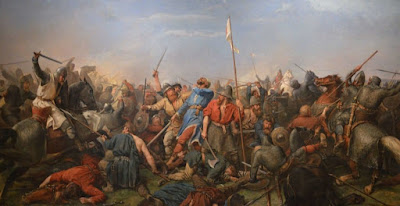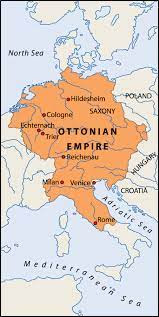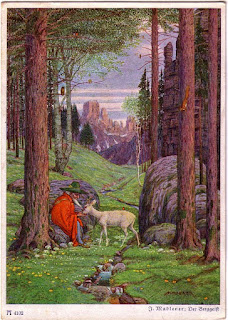Here I had mentioned how Alfred the Great reformed and renovated the defense of southern England by building or re-building 30 strongholds (called burhs in Old English), and increased taxes according to the amount of a landowner's real estate. Real estate was measured in "hides" and so this grand plan was called the Burghal Hidage. In fact, there is a document called the Burghal Hidage (a burned copy was salvaged from the Cotton Library). It is this creation of a strong defensive system, which included creating a standing army of about 27,000, that helped earn him the praise he has received.
Unfortunately for his reputation, the United Kingdom is fascinated by its history and therefore is constantly engaged in archaeological investigation. Forty years of archaeological evidence on the strongholds that comprise the Burghal Hidage has raised eyebrows about Alfred's role.
It turns out that Alfred's plan may not have been entirely Alfred's. Towns that were part of the Burghal Hidage and that claim now that they were founded by Alfred the Great became towns some time after Alfred's reign. Also, many of these burhs were clearly established prior to Alfred's reign and continuously maintained.
Part of developing these strongholds included Alfred being credited with the development of the connected towns and an "Alfredian" efficient street plan. Excavations in Worcester, however, show that the early street plan was in fact established about 100 years after Alfred's death.
So where did we get the original information about Alfred's greatness? Why is he given credit for things that were developed before or after his reign. That would be Asser, a Welsh monk brought to Alfred's court. His life, and his Life of King Alfred, are worth a closer look, for which I hope you'll come back here tomorrow.
*I say "them" and not "us" because I am not properly a historian: I am just a story-teller.




























